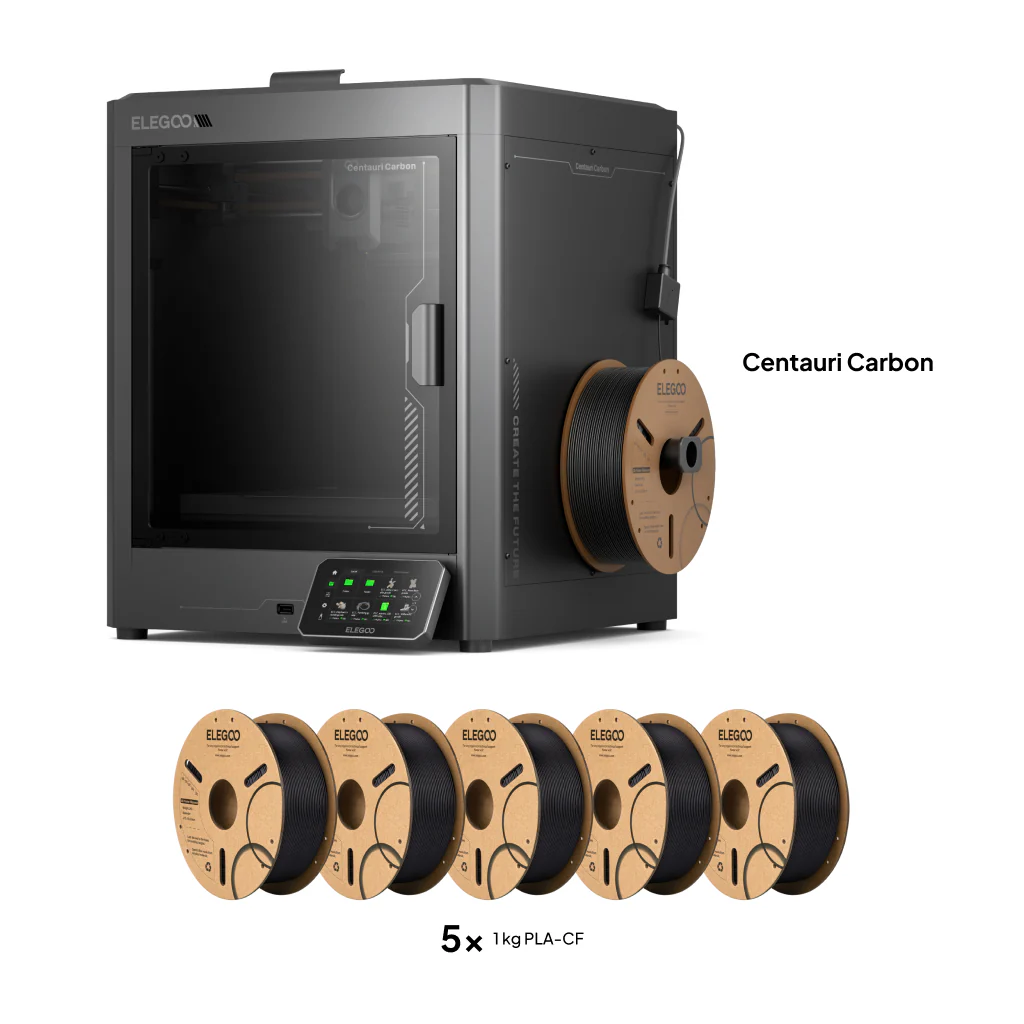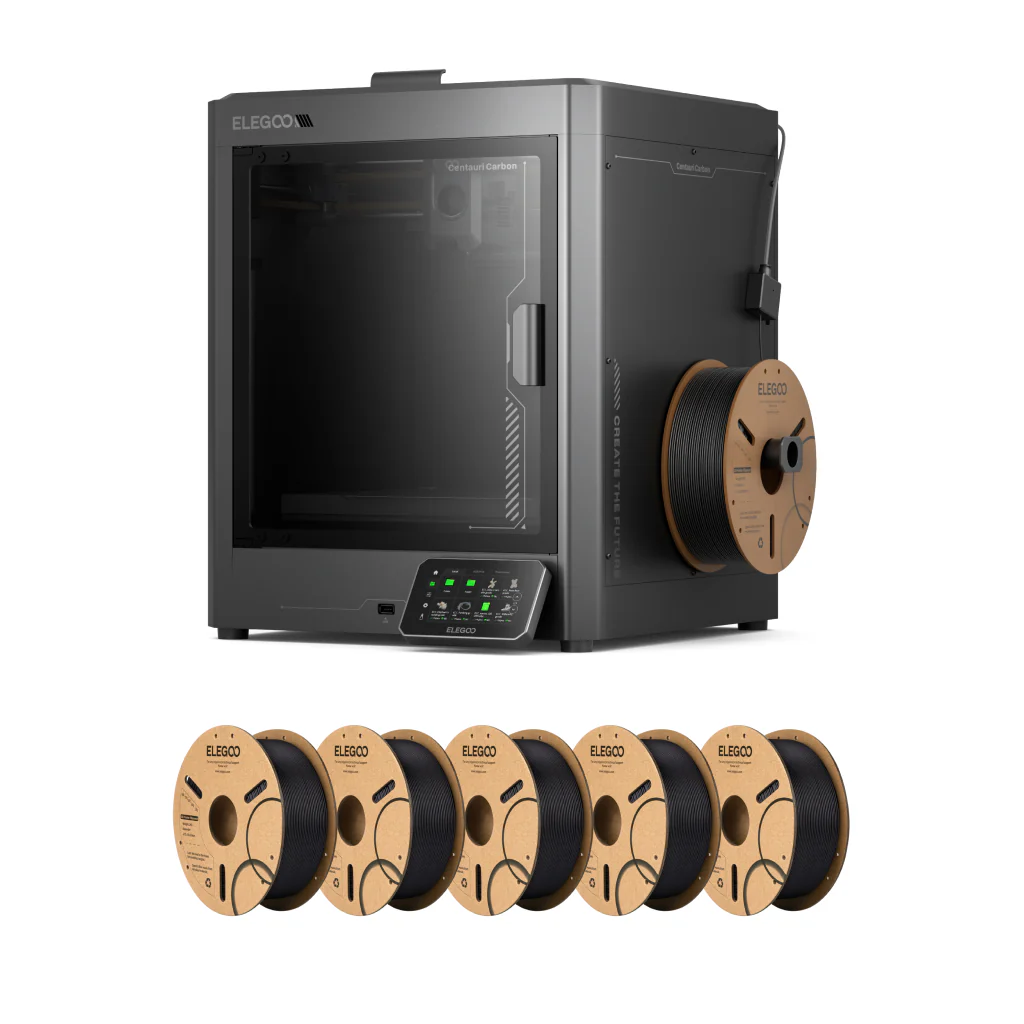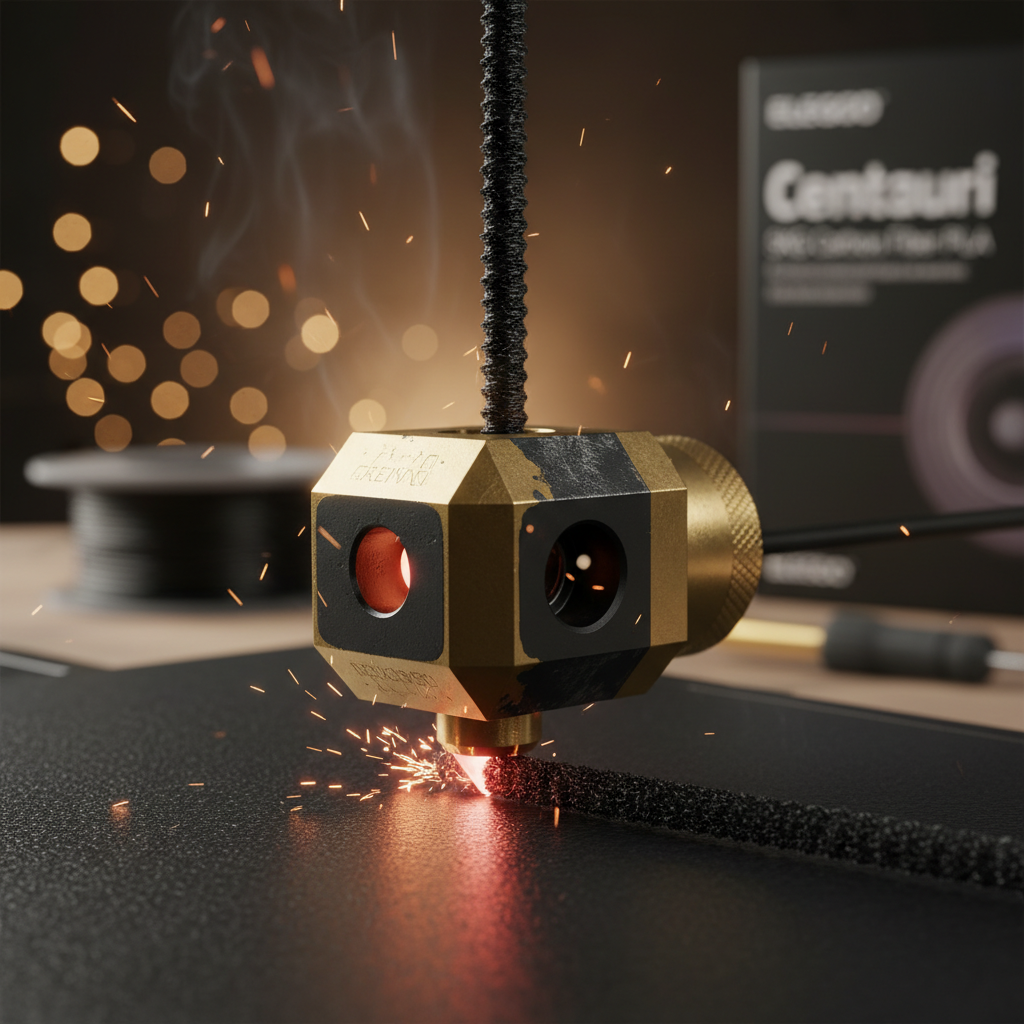



Breakdown of the key difference
5 kg Carbon Fiber PLA filament
- Convenience: The bundle enables you to start printing with a substantial amount of carbon fiber PLA immediately, without the need for a separate purchase. This is particularly valuable as carbon fiber filament can be more expensive than standard PLA.
- Cost-effectiveness: Bundles often offer a better price per kilogram than buying the printer and filament separately. The specific value depends on the deal, but it is generally a significant discount.
- Material properties: Carbon fiber reinforced PLA offers enhanced stiffness, rigidity, and a matte finish compared to standard PLA. The Centauri Carbon’s hardened steel nozzle is designed to handle this abrasive material effectively.
Centauri Carbon printer
- Advanced features: Regardless of the bundle, the Centauri Carbon is a high-speed, enclosed CoreXY 3D printer equipped with features such as a maximum speed of 500 mm/s, auto-calibration, a 320°C hotend, and a chamber camera.
- Broad material compatibility: The printer’s hardware is capable of handling a wide range of filaments, including not only carbon fiber but also standard materials such as PLA, PETG, ABS, and TPU.
- Customization: Purchasing the printer without a filament bundle allows you to select your preferred filament brand, color, and material type from the outset.
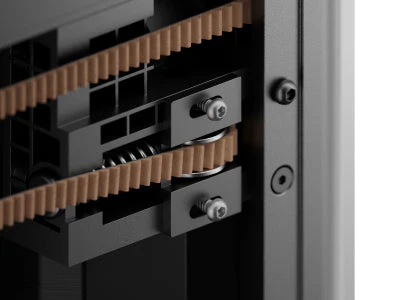
Choose the bundle (Centauri Carbon + 5KG Carbon Fiber PLA) if you:
- Are you a new or experienced user ready to dive into printing with advanced, functional materials like carbon fiber?
- Want to save money by purchasing filament in bulk upfront.
- Prefer the convenience of having everything you need to start printing with specialized materials in a single order.
Choose the standalone printer (Centauri Carbon) if you:
- Are on a stricter budget and want the lowest entry cost.
- Are unsure if you will use carbon fiber PLA and prefer to experiment with smaller, cheaper spools of different materials first.
- Do you have a favorite filament brand and would rather purchase your filament separately?
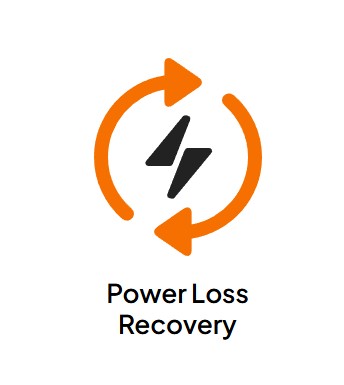
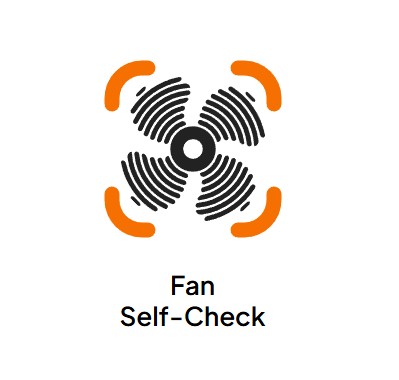
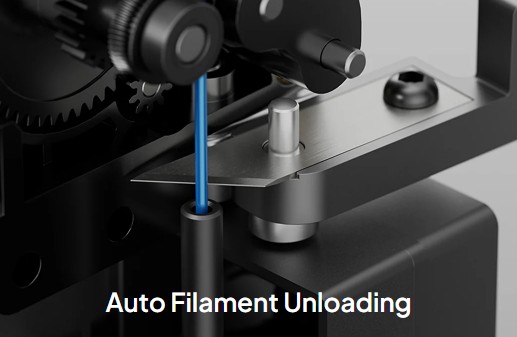

A filament run-out detector is a small sensor installed on a 3D printer that automatically pauses printing when the filament spool runs out, breaks, or jams. This prevents failed prints, wasted time, and wasted materials.
Key Benefits :
- Automatic pause/resume – The printer pauses instantly when the filament ends or snaps, allowing you to reload and resume printing without having to start over.
- Error prevention – Stops failed prints caused by empty spools or tangled filament.
- Material-saving – Reduces wasted filament and time.
- Reliable for long prints – Especially valuable for large, multi-hour or overnight jobs.
- User-friendly – No need to constantly monitor filament levels.
Practical Use & Use Cases
- Great for functional parts, such as braces, brackets, and stiff structural components, as well as minor engineering parts where stiffness and resistance to warping are crucial.
- Applicable for cosplay/props/design where matte finish and lightweight strength are aesthetic pluses.
- Less ideal for parts requiring flexibility or shock absorption; for those, materials like PLA+, PETG, and TPU may still be better options.
- If you plan to print large objects or use long prints, consider drying the filament, maintaining the nozzle, and ensuring good bed adhesion.
Versatile Use
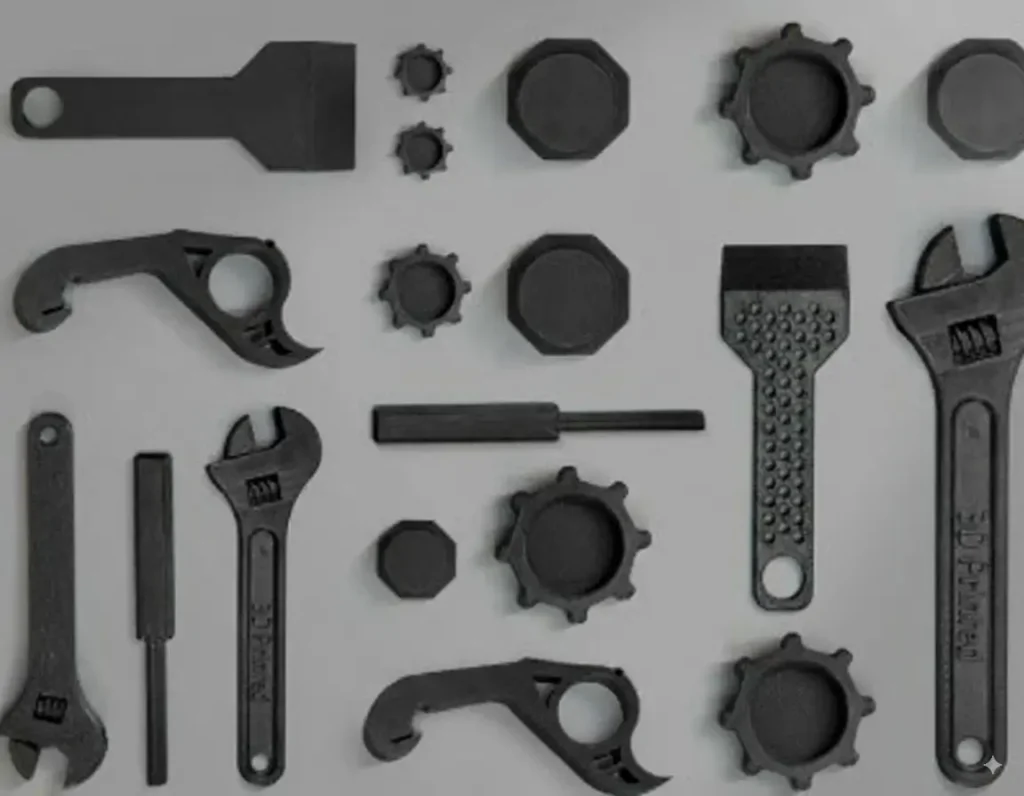


| Competitor | What They Offer / Key Differences |
|---|---|
| MatterHackers NylonX | A carbon fiber blend with nylon base; higher strength and use in functional engineering parts. More expensive; higher temperature and bed requirements. |
| ColorFabb XT-CF20 | PETG base with ~20% CF, known for stiffness and matte finish; usually more expensive filament but proven brand. |
| Protopasta CF-PLA | Easier printing due to good PLA base; more forgiving; lower price per spool, but still has the usual CF trade-offs (abrasiveness, brittleness). |
| Creality / Other CF-PLA Filaments | Standard CF-PLA from mass brands; often cheaper, but filament quality and diameter/tolerance consistency vary. |
FAQs
What is the melting point of carbon fiber PLA?
Carbon fiber PLA is a PLA polymer matrix reinforced with carbon fibers. The “melting zone” for PLA (and similarly for PLA reinforced with carbon fibers) is typically around ~200-230 °C for printing. However, the exact melting or flow temperature depends on the specific filament brand and its additives.
What fan speed for PLA?
For standard PLA or carbon-fiber-reinforced PLA, you generally want a part cooling fan running at a moderate to high speed once the first few layers are complete, often at 50-100% depending on the geometry. The manufacturer of Elegoo’s PLA-CF suggests “< 300 mm/s” speeds and typical printing temperatures of 210-240 °C with bed temps around 35-65 °C, which implies decent cooling is used.
What is Elegoo Centauri Carbon used for?
The Elegoo Centauri Carbon is designed for high-speed FDM 3D printing, particularly suitable for advanced and reinforced materials such as carbon fiber-reinforced PLA. It aims to produce strong, lightweight, fairly heat-resistant parts with good precision and speed. Ideal for functional prototypes, engineering parts, design models, or any application where strength and stiffness matter.
How much is Centauri Carbon?
The base price for the Centauri Carbon printer (without the 5 kg filament bundle) is $299.99 USD on Elegoo’s site.
Can Centauri print flexible filaments?
There is some indication that flexible filaments (TPU, etc.) are possible, but users report mixed results. Elegoo sells TPU filament, so the material exists. However, feed/handling and printer configuration can make flexible filament more challenging. Also, some discussions note filament breaking or feed issues with TPU on the Centauri Carbon. So yes—but with caution and proper settings.
Will filament melt in the sun?
Exposing PLA, or PLA with carbon fiber, to direct sunlight (especially in hot climates) can cause softening, warping, or deformation because PLA’s glass transition temperature (when it starts to soften) is around 60-65 °C. Strong sunlight inside a hot car or under intense sun may raise the temperature enough to deform printed parts. Yes, filament-printed parts can melt or deform in the sun under extreme conditions.
What filaments can the Centauri Carbon print?
The printer supports a range of filaments: standard PLA, PLA “plus” or modified PLA, carbon fiber-reinforced filaments, possibly PETG, ABS etc, so long as the filament temperature and chamber/nozzle capability are sufficient. Because the hotend can reach ~320 °C and the enclosure is fully closed, it has good versatility.
Is Elegoo a Chinese company?
Yes. Elegoo was founded in 2015 by Chris Hong in Shenzhen, China, often described as “China’s Silicon Valley.”
What software does Elegoo use?
The Centauri Carbon comes with slicing software included on a USB drive. It uses its own user interface (“Elegoo OS”) on the machine. It does not use Klipper. It supports OTA firmware updates. It has a touch screen. Users manage print jobs via USB, WiFi, and other methods. For slicing, typical slicers (such as Cura and PrusaSlicer) can be used with the printer once it is configured.
Does Elegoo have WiFi?
Yes — the Centauri Carbon includes WiFi connectivity (dual-band) for transferring files and updates etc.

